Ancient Korans, detective stories and mosque photos
The diversity of pre-revolutionary Tatar literature has been presented at the Museum of Islamic Culture in Kazan
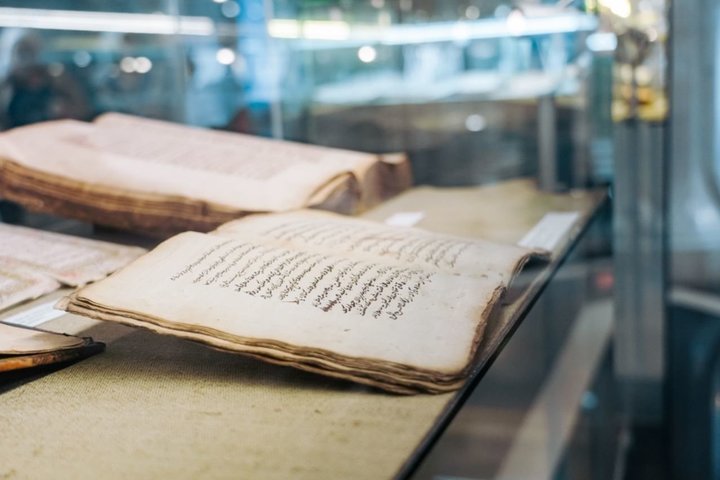
The Museum of Islamic Culture, which is located in the Kul Sharif Mosque, displays the exhibition Tatar Book Culture until October, dedicated to the 30th anniversary of the creation of the Kazan Kremlin Museum-Reserve. The exhibition presents the results of the museum's activities during its operation — these are religious books, fiction, textbooks, as well as periodicals.
Hadiths from the Marjani collection
As Ilnur Nizamiev, the head of the department of the Museum of Islamic Culture, explains, the exhibition begins with the manuscripts donated to the funds:
“These books were brought by people from neighbouring regions, from the districts of Tatarstan. Since the 1990s, when the construction of the mosque began, the late director of the Kamal Theatre Shamil Zakirov had the idea of collecting Korans. But besides the Korans, religious and non-religious literature are also granted there.
The most interesting exhibit is Al-Jamig al-sahih by al-Bukhari in 1384, a collection of hadiths that was kept in the library of Shigabutdin Marjani. It was purchased through the Ministry of Culture for the 100th anniversary of Marjani in 2018.
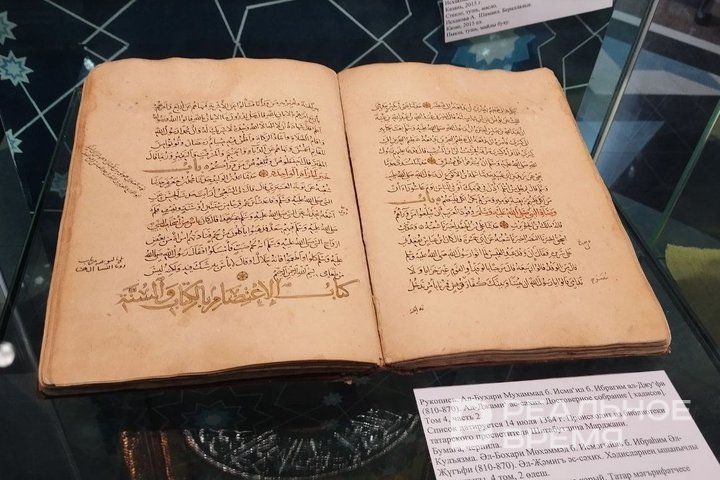
The library of the theologian, imam of the First Cathedral Mosque, was divided into several parts by Galimjan Barudi after his death. One part of the TASSR was deposited in the Scientific Library of Kazan University. The other part was “scattered” — this book was bought from a Moscow collector through the efforts of orientalist Nuria Garayeva. Its cost is hundreds of thousands of rubles. Actually, all the large museums of the republic are engaged in such purchases.
Part of the exhibition is dedicated to the Sacred Korans. Nizamiev says that the Koran of 1803, published in two-volume format, is currently under restoration. They found it in the Zelenodolsk district. Perhaps, in the future they will make a separate exhibition with this exhibit.
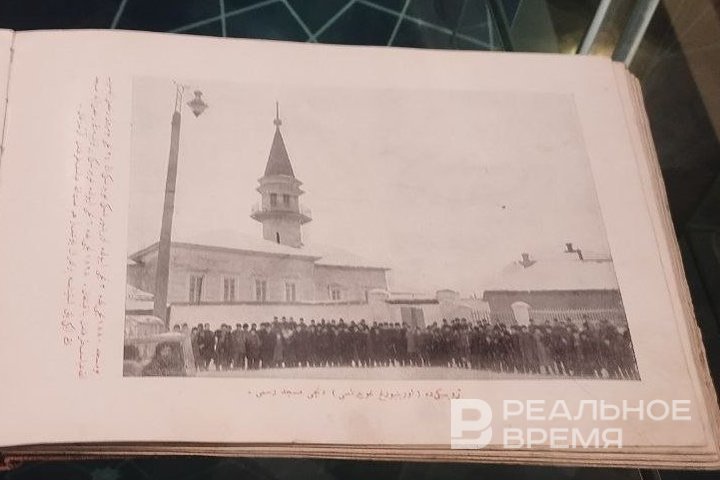
Part of the exhibition is dedicated, in fact, to Tatar religious figures — Gabdrahim Utyz Imyani, Musa Bigiev, Shigabutdin Marjani, Galimzhan Barudi. On one of the books one can see the seal of Nigmatulla Vagapov. This collector lives in Bashkortostan, on the border with Orenburg.
“He is one of those people to whom we constantly turn," explains Nizamiev. “Please, if you come across such books, let us know.”
A separate part of the exhibition is devoted to the books of the enlighteners — Kayum Nasyri, Rizaetdin Fakhretdinov, Ziya Kamali (the one whose house was demolished in Ufa last week). For example, there is one of the volumes of the monograph “Asar” by Fahretdin about cultural figures of the peoples of the East. These were inexpensive publications, published mainly in Orenburg.
Several more sections are devoted to secular literature. These are the poetry of Ğabdulla Tuqay, and the writings of Fatih Amirkhan, as well as textbooks on mathematics, logic, geography, which were used in the new-method madrassas.
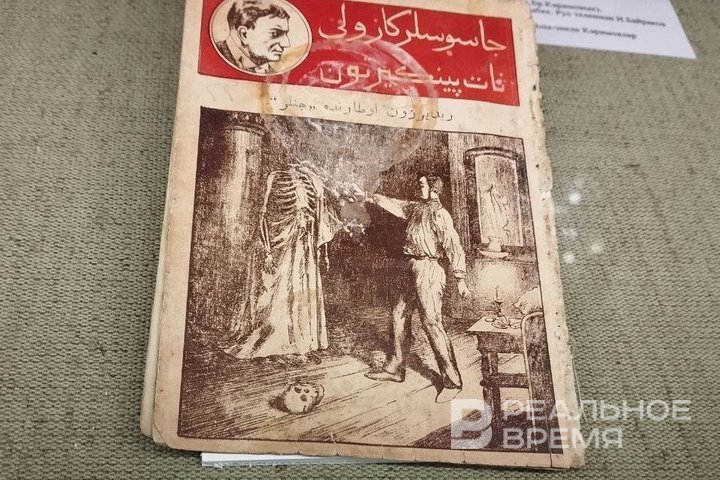
The Adventures of Nat Pinkerton
An interesting category is mass literature, including translated ones, for example, detective stories about Nat Pinkerton, an American detective. Such books were mostly put from Russian or Ottoman not directly from the originals and were sold in editions from 1,000 to 4,000 copies. Tolstoy, Defoe, and Pushkin are also represented in translation.
Although a significant part of the books are devoid of illustrations, there are also interesting copies. For example, an album dedicated to the anniversary of the ministry of Mufti Mukhammedyar Sultanov, who headed the Orenburg Mohammedan Spiritual Assembly for almost 40 years. The book collects photographic images of mosques of the Russian Empire. The mosque in Troitsk is depicted here. Curiously, by the way, back in March 1893, the Ottoman Sultan presented him with the hair of the Prophet Muhammad, and this relic was freely displayed until 1961 (before the death of the chairman of the Council for Religious Affairs Ivan Polyansky).
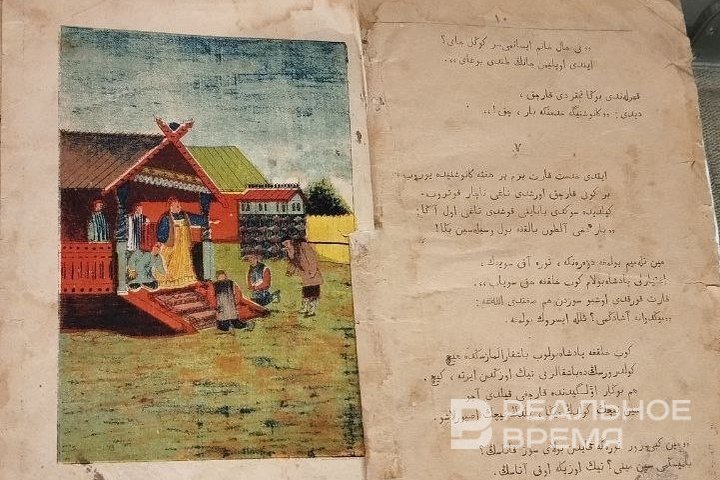
“Some offer to buy a book for two million”
Now the museum has more than 50 manuscripts of the 14th — early 20th centuries. More than 350 printed publications in the Tatar language on Arabic graphics. A small collection of books in Latin. Some books have been translated and published, for example, “The Well-behaved Father” by Ibrahim Idrisi, a kind of response to similar books by Rizaetdin Fahretdin: Idrisi decided to draw attention to that the father should also be engaged in the upbringing of children.
